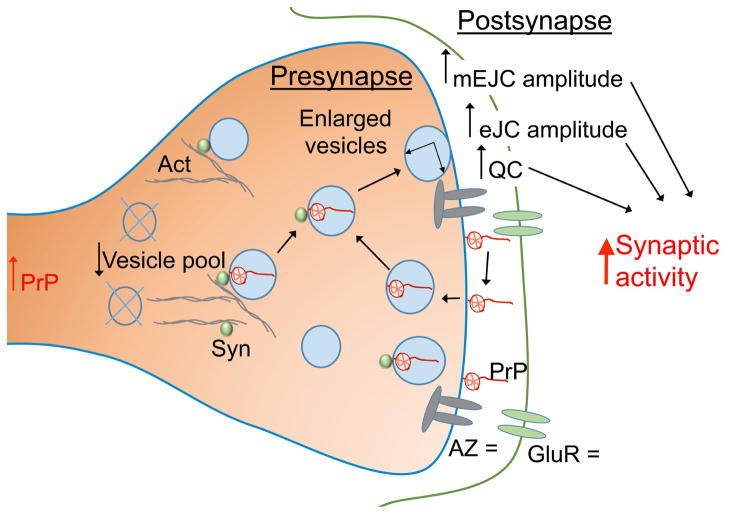Figure 2. Potential function of PrP at the synapse.
Expression of PrP in Drosophila motor neurons alters synaptic physiology and result in synaptic activity and motor activity. PrP is abundant at synapses, particularly in the membrane and in synaptic vesicles, where it is known to interact with synapsin (Syn). The interaction of Syn with the actin cytoskeleton controls the vesicle pool available for release. Synaptic vesicles are fused with the synaptic membrane to release neurotransmitters and are recycled later to reuse the same neurotransmitters. PrP is recycled in a similar way and may play a role in the process of synaptic vesicle recycling (arrows). The amount and distribution of active zones (AZ), the site of release of neurotransmitters, and Glutamate receptors (GluR) are not affected by PrP. ↑ indicates enhanced activity, ↓ indicates decreased activity, = indicates no effect.

